- Attractions
- Flora & Fauna


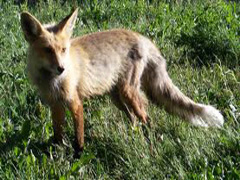
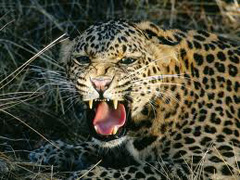
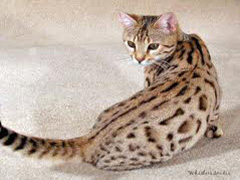
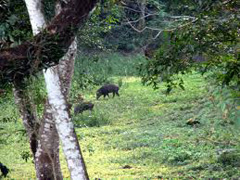
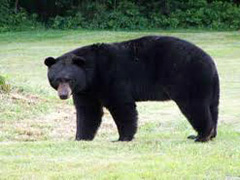

Various types of animals and plants are prevalent in Gaindakot including both the wild and the domestic. The domestic animals include buffalo, cow, goat, pig, dog, cat, etc and some of the domestic birds are peagion, chicken, sparrow, etc.
The wild animals include fox, leopard, wild cat, varieties of monkeys, jackal, wild boar, etc. Some of the famous wild birds are Peacock, wild chicken, dove, parrot, vulture, baaz, eagle, etc.
There are varieties of trees in Gaindakot, some of them are saal, amla, simal, karang, sissau, etc.
Various types of reptiles are also found in Gaindakot, some of them are various freshwater crocodiles, tortoise, varieties of snakes, lizard, varieties of frogs, etc.
Brief description of some of the plants and animals are given below:
1.Sal Trees

The scientific Name of sal tree is Shorea robusta. The forest in Gaindakot is mainly made of sal trees.
Sal trees are said to be growing for several hundred years if not for thousands. They are famous for their quality woods used for versitile uses ranging from firewood, furniture, pillar for house to the bases for rail track. The timber of sal tree is durable which doesn't decay for hundreds of years.
2. Langoor Monkey

Langoor Monkeys are native to Gaindakot pervasive throughout the forest.
They are usually scared of humans and not offensive in nature.
They usually live on fruits, vegetable and cereals like maize, wheat, etc.
3. Fox

Foxes are small and compact, with soft, dense coats and conspicuously narrow muzzles and bushy tails.
They primarily prey on pikas, followed by rodents, marmots, woolly hares and lizards. They may also scavenge on the carcasses of other wild animals and livestock.
4. Leopard

The scientific name of leopart is Panthera pardus. It is listed as a "Near Threatened" species by the IUCN. Leopards are very common in the forest of Gaindakot. They usualy don't attack humans unless they feel danger. If they attack, it could be fatal.
It can climb the tree while carrying the prey three times as big as it's size and leap over six metre horizontally and jumb upto three metres vertically and run very fast with the speed of over 100kms per hour. Leopard hunts almost every types of animal it could kill.
5. Wild Cat

The wildcat physically resembles a domesticated cat in most respects. Although domesticated breeds show a great variety of shapes and colours, wild species are pale yellow to medium-brown with black stripes or spots. The underparts are light grey,and sometimes marked with black spots.
It is a hunter of small mammals, birds, and other creatures of a similar or smaller size.
6. Wild Boar

The wild boar has compact body with large head and relatively short legs.it has stiff bristles and finer fur. The colour usually varies from dark grey to black or brown. During winter the fur is much denser.
They are omnivorous scavengers, eating almost anything they come across, including grass, nuts, berries, carrion, roots, tubers, refuse, insects and small reptiles.
7. Bear

Bear is a large, heavy mammal which walks on the soles of its feet, having thick fur and a very short tail. Bears are related to the dog family but have an omnivorous diet
They are very aggressive in nature and can viciously attack human if confronted.
8. Vulture

A large bird of prey with the head and neck more or less bare of feathers, feeding chiefly on carrion and reputed to gather with others in anticipation of the death of a sick or injured animal or person.